Environmental Enrichment
Environmental Enrichment for laboratory animals has become an important topic during the last couple of decades as more research has been devoted to this subject. Environmental Enrichment is a means to create a stimulating environment for animals in captivity to support species-typical behavior.
Enrichment appropriate for the particular species provides choices and a degree of control over the environment, which allows animals to better cope with stressors. Novelty through rotation and/or replacement improves these effects. Environmental Enrichment therefore not only improves animal well-being but also quality of research. A number of items are available for animals in FAU’s animal care and use program and provided to animals on a rotational basis.
In the table below are the environmental enrichment devices listed Comparative Medicine will provide to your mice and/or rats on a rotational basis (mostly coinciding with cage changes).
The foraging bits will mainly be used for breeders but could also be helpful to provide post-operatively to stimulate appetite and maintain weight. Please indicate in your IACUC protocol and/or communicate with CM if any or all of these devices cannot be used for your animals since this would interfere with the research. Please be specific about the study group(s) affected.
| Mice and Rats | Item |
|---|---|
| Cotton Nesting Material |
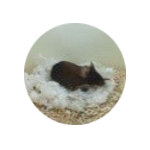
|
| Plastic Ball |
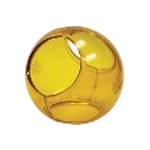
|
| Polyurethane Chew |
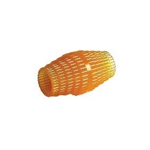
|
| Polycarbonate Rest Stop |
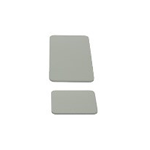
|
| Paper Nesting Material or Bedding |
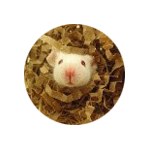
|
| Foraging bits (e.g.: cereal, seeds, vegetables, fruit, nuts) |
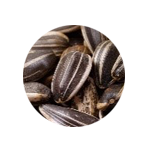
|
| Cardboard Huts or Tubes |
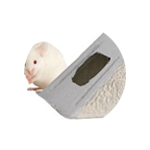
|
| Mice and Rats | Item |
|---|---|
| Plastic Huts or Igloos |
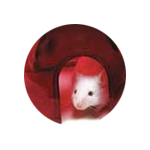
|
| Nylon Chew |
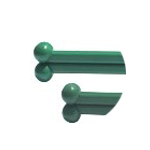
|
| Plastic Running Wheels |

|
| PVC Tunnels |
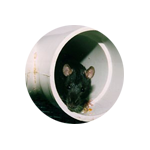
|
| Wooden Chew Blocks |
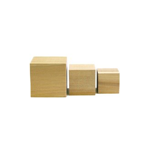
|
| Manzanita Gnawing Sticks |
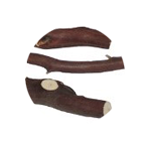
|